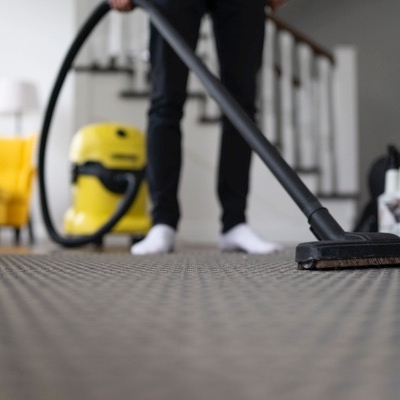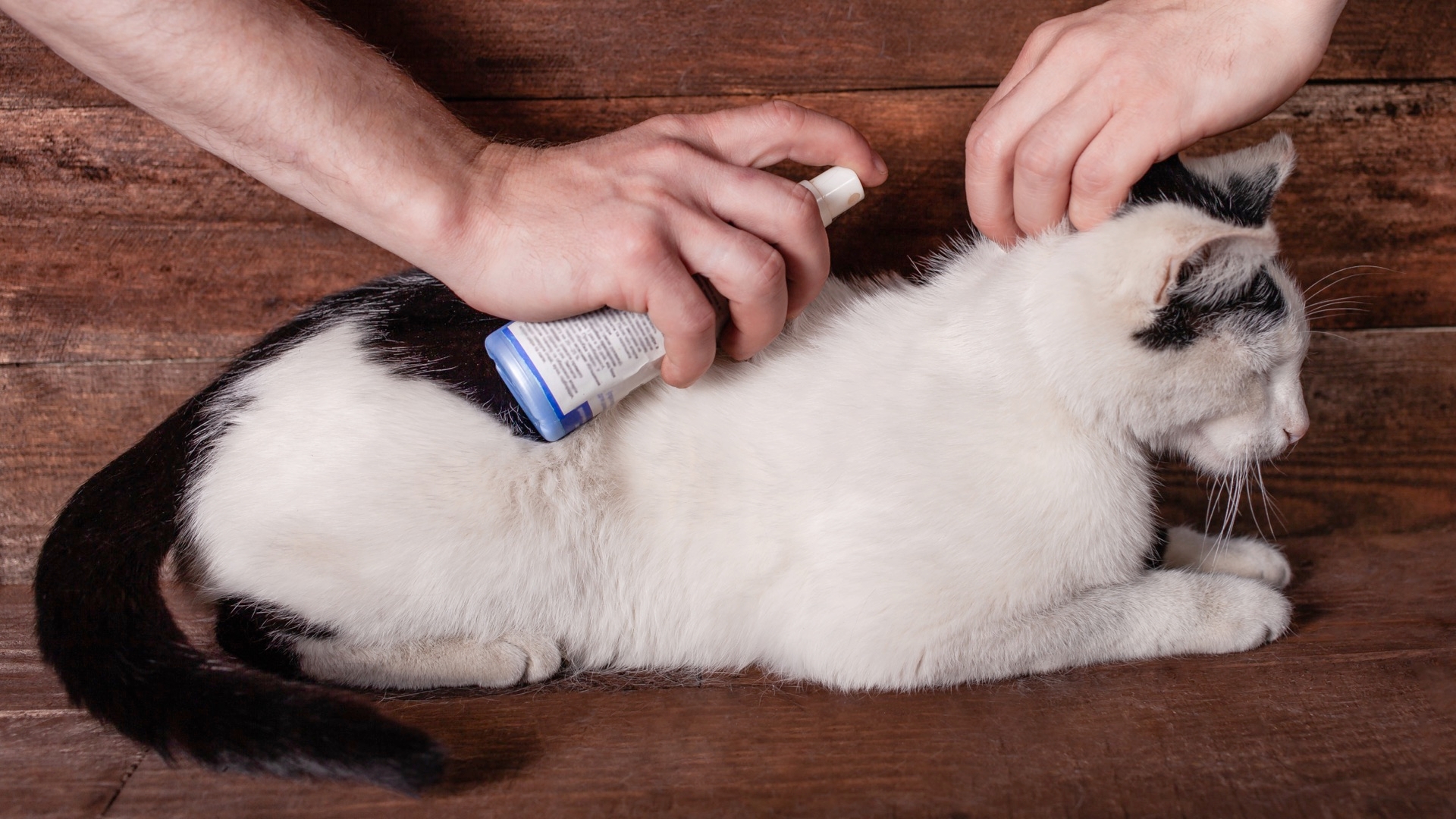About Fleas:
Summary:
Fleas are probably the most successful creatures on the planet in terms of reproduction. There are over 2,400 species. One female flea will produce 25,000 offspring in one month. They are difficult to control for a variety of reasons.


Fleas are probably the most successful creatures on the planet in terms of reproduction. There are over 2,400 species. One female flea will produce 25,000 offspring in one month. They are difficult to control for a variety of reasons.
Fleas need a blood meal before they can reproduce. They spend most of their adult lives on their host, cutting open the skin and feeding on its blood. A single adult flea typically feeds for at least eight hours a day, ingesting about 15 microliters of blood. They mate shortly after feeding, and females lay eggs a few days later.
Even an unfed adult can live for several months. The chemicals used to eradicate adult fleas have no effect on the eggs. Fleas are very good at mutating to resist new pesticides. Fleas are a menace to cats! They cause allergic dermatitis, tapeworms, and anemia. Most of the eggs are not laid on the cat but on the cat's bedding, rug, and furniture. It is extremely difficult to eradicate them completely.
When flea preventative measures are not taken, cats and dogs pick up fleas from the environment or come into contact with other animals that have them. Fleas thrive in warm, wet climates. An average temperature in the range of 70 to 85 degrees Fahrenheit is optimal. Pets in hot, humid climates tend to develop more severe complications from flea bites than those in cold, dry climates. Fleas don’t live above 5,000 feet.
The most you can hope for is to control them and to keep your cat reasonably comfortable during the warm, moist flea season.
The best way to control fleas is to remove them from your cat and your house. Take her to a groomer for the day and have her bathed with a veterinarian approved flea shampoo. Spraying or dipping her with a residual pesticide has little or no lasting effect and it can be detrimental to her health. While she is out of the house, hire a company that uses a nontoxic product to spray the carpets and the furniture. These companies usually guarantee a flea-free home for one year.
From this point on, you need to vacuum the carpets, the furniture, and the cat's bedding daily. Place the cut-off end of a flea collar or a moth crystal into your vacuum cleaner bag to kill any vacuumed adult fleas. Vacuum the cat if she will let you! Groom her daily with a flea comb. Do not be surprised if you occasionally find a flea on her. She will bring them in outside if she is an indoor-outdoor cat. Remember, you cannot get rid of them, only control them. Some cats are bothered more by pesticides than by fleas. Flea collars, sprays, powders, and shampoos are all loaded with pesticides. Beware of insecticide poisoning!
There are a lot of products on the market that claim to get rid of fleas. Flea collars, cedar shaving pet beds, garlic and yeast tablets, water/light traps, and ultra-sonic devices are among them. Research, however, has not shown them to be effective in ridding your cat and house of fleas.


